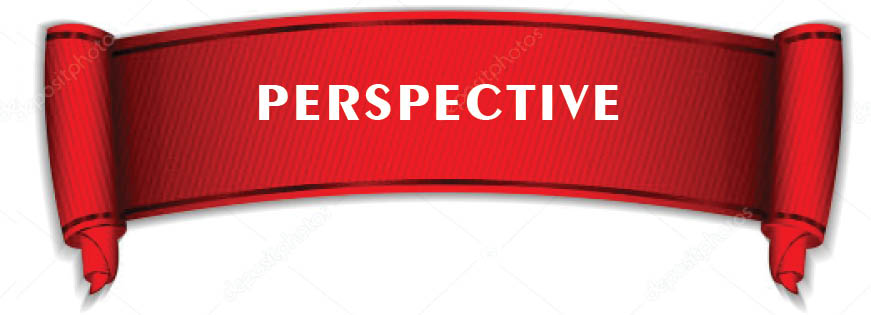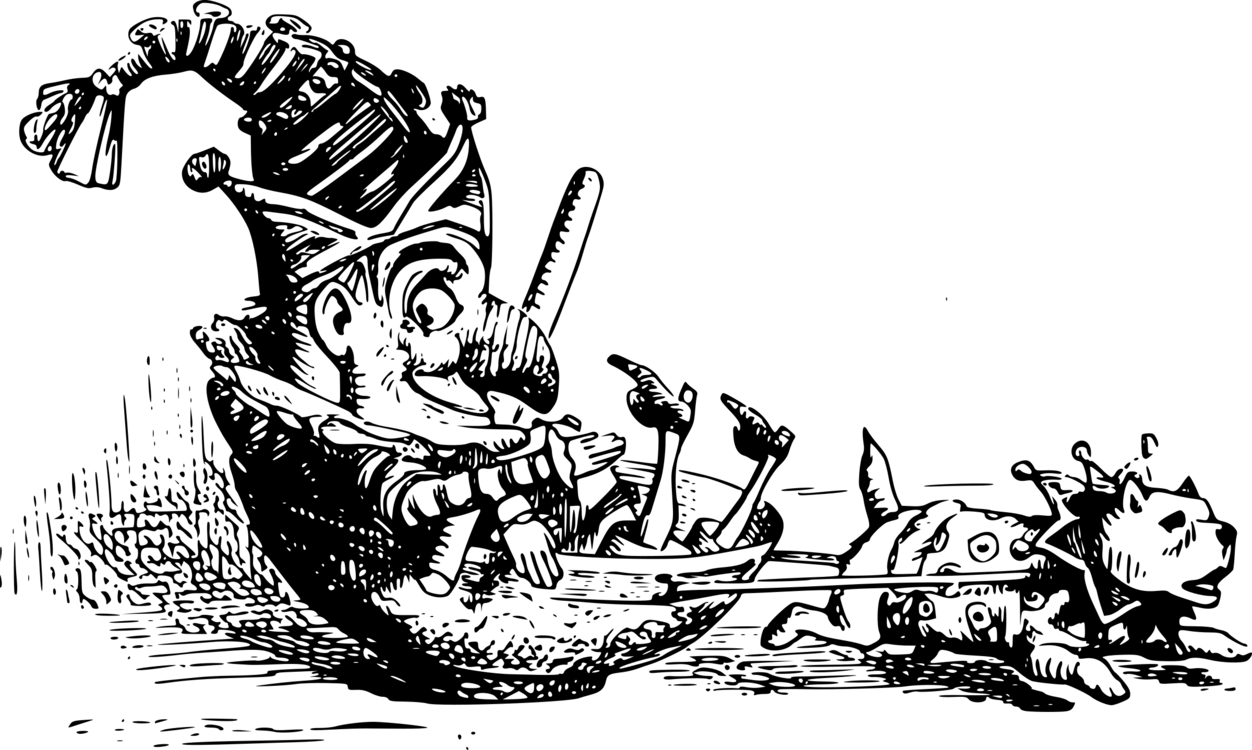
The Alchemy of Covid-19
The United States is the global epicenter of Covid-19. DR. DAVID ST. JEAN examines the case for Functional Medicine, and the seemingly magical collaboration between man and the natural world.
via Concord Museum
Drew Gowing
2020-01-01
2020-01-01
Editor's Letters
https://www.charlatanmagazine.com/Columns/editorsletter/
There are seldom contradictions in nature. Whether by chance or design, natural systems are governed by collaboration, and the difference between a natural and human system is very simply this: Humans create systems with some particular purpose, while nature doesn’t always countenance her objective.
I encountered this reality, nearly 4 years ago, when confronted by a paradox. On an otherwise ordinary day, walking back to my clinic after lunch, my heart rate began to race. While abnormal heart rhythm typically occurs in individuals with cardiovascular disease, it can spontaneously occur in people with otherwise normal hearts, too. When evening fell, I was at the Northwestern Memorial Intensive Care Unit preparing for an emergency procedure called Mechanical Cardioversion: electric shock therapy combined with pharmaceutical drugs would attempt to reset the heart’s normal rhythm.
While the procedure itself lasts only a few seconds, the post-procedural care can vary from several hours to, in my case, 5 days in the ICU and Telemetry Unit. Unaware that my condition was to recur, my physician sent me forth into my normal routines with a new contradiction. At 33 years old, yet even to reach middle age, I was now both young and living At Risk.
Sheltering in Place
The Coronavirus Pandemic of 2019-2020 now sits comfortably amongst the greatest plagues in history. It’s been called the “invisible enemy,” and is responsible for shunting of the US economy into a recession on par with the Great Depression. First observed in Wuhan China in December 2019, the novel coronavirus known by its acronym Covid-19 will have claimed over 1 million lives worldwide by Christmas.
Otherwise healthy men, women, and children will remember ‘Sheltering in Place’ during the Spring 2020, and while we’re learning to live with and acclimate to the crisis there remains an indelible constant. The virus prefers, and will attack and destroy, those At Risk first. According to the Center for Disease Control “older adults and people of any age with underlying medical conditions might be at higher risk for severe illness from Covid-19.” These include, but are not limited to, the elderly and those with compromised immune systems. Heart disease, however, is the leading cause of death in the United States, and, according to the CDC, 1 person dies every 37 seconds from cardiovascular disease. Covid-19 put a literal target on our backs.
When Governor JB Pritzker ordered Illinois residents to ‘Stay at Home’ on March 20, 2020, he had an unenviable task. It was a mass quarantine strategy designed to restrict physical movement, suppress society, and mitigate the pandemic. But for jobs and services deemed “essential,” all schools, businesses, and community centers were either closed or to be conducted from home indeterminately. In the absence of national leadership, Pritzker stood shoulder to shoulder with state and local leaders trying to protect and reassure their people.
State and local governments made sporadic attempts to impose quarantine requirements during the Cholera pandemic of the 19th century, but it was The Public Health Service Act of 1944 that clearly established the federal government’s quarantine authority for the first time. The Act gave the U.S. Public Health Service responsibility for preventing the introduction, transmission, and spread of communicable diseases from foreign countries into the United States. While federal, state, and local governments use action verbs like ‘Guidelines’ to avoid pandemonium, Shelter in Place and Stay at Home directives are in fact prohibitive statutes enforced and punishable by law.
As we adopted the societal changes, adapting to weather the storm, we prepared for shifts to our personal lives. However, what came as the bigger surprise were those to our professions.
The Exodus to Telehealth
My wife and I are health care providers, and while we’re considered “essential” services, we discovered that most of our clients and patients — during the Coronavirus Pandemic— preferred to see us online. The U.S. Department of Health and Human Services describes Telemedicine as “the distribution of health-related services and information via electronic information and telecommunication technologies.” When a lack of mobility, decreased funding, or inability to transport can restrict access to care, Telemedicine can bridge the gap.
Although traditional medicine relies on in-person care, the need and want for remote access to medicine has existed since the Hippocratic periods in antiquity. During the Roman Empire, when the elderly and infirm couldn’t visit temples for medical care, they’d send representatives to convey their symptoms and return with a diagnosis and treatment. Similarly, African villagers used drums to warn neighboring villages of disease outbreak, and the Native American Indian famously used smoke signals. The term itself derives from the advent of the telephone in the 20th century when a simple call to doctor became the universal first step in health care. Today, the internet and mobile technology provides instantaneous access to practical, erroneous, and random information and resources.
To ensure our patient’s right to privacy, my wife and I couldn’t virtually confer with our clients — via the new Telemedicine platform — while in the same room. Our small Lincoln Park apartment was converted into a makeshift Doctor’s Office, whilst trying to provide both access and privacy to our patients and clientele. The living room and balcony were preferred real estate, while the smaller bedroom and bathroom the less enviable choice. Few wished to speak with us in the loo, and within a week of the shutdown we’d realized something rather simple. Despite a global pandemic, and the obvious disruptions to society, our professions were changing too.
With infections raging in Chicago, every errand was an encounter with fate. Few patients were making office calls, and the vast majority of my wife’s clients, in particular, preferred to consult online during the pandemic. Living in cramped quarters in a congested city led us to a foregone conclusion. Our virtual practices, together with my special risks, made the countryside seem like our calling.
Traveling from the chaotic city to the solitude of nature provided perspective. Common, shared emotions silently string us together along an invisible thread of human existence, ever maintaining and strengthening our contactless community. But did we drift too far from the shore? Have we abandoned the foundations of community that enable us to thrive in an integrated ecological web of life?
Functional Medicine: The New Frontier
Our retreat to the country took us near Walden Pond. The philosopher Henry David Thoreau rusticated here in 1854 (for 2 years, 2 weeks, 2 days) to write a book entitled “Walden: Life in the Woods.” A response to the Industrial Revolution, the Harvard man’s exodus to western Massachusetts was to become the most critical social experiment of the 20th century. It was the first scholarly reaction to industrialization, a cautionary tale of co-dependency, and a resilient manual for self-reliance.
The text reflects upon simple living in natural surroundings, and Thoreau’s writings on natural history culminated into a philosophy called Transcendentalism: a belief in the importance of man’s relationship with nature. I was for now a Virtual Doctor — conferring with patients around the world — and I’d be remiss not to mention or admit that Thoreau’s Transcendental philosophy reminded me that we were all, first and foremost, guests of the earth. It was the first mental note I would take, and the very premise upon which every pain and its cure would reconcile.
Functional medicine does not replace a traditional medical practice. It supplements a pre-existing field of study or expertise with a preemptive first look at the “root causes of disease.” Each and every symptom can have multiple causes, and one simple cause may produce various manifestations. My wife, for example, is a psychotherapist. I am a Doctor of Chiropractic Medicine. But the Functional approach gives us both an added advantage. We illicit, examine, and yearn to understand our patient’s relationship to their environment — first. Fatigue, respiration, food allergies, and gastrointestinal problems can often be triggered by the environment, and lead to inflammatory and immunologic disorders over time. Understanding man, within his environment, offers a competitive edge in a holistic approach to wellness.
The Industrial Complex
While Telemedicine is described as a remote clinical service (such as diagnosis and monitoring), Telehealth goes further to include promotive, curative, and preventative care. Despite a positive prognosis from the cardiac team, my encounter with Typical Atrial Flutter re-occurred twice, over the next four years, with nearly identical presentations. Dissatisfied with conventional medicine’s ablation and pharmacological treatment options, I experimented with functional medicine’s approach to alleviating the arrhythmias. Diet, nutrients, and intermittent fasting replaced pharmaceuticals while simplicity, meditation, and self-reliance became the new order of the day. Today, I’m doing more than dodging my fate. I’m in command and controlling it.
It took a major worldwide catastrophe to shake us to the core, and to wake up and witness what really matters. Food manufacturers push us toward empty calories, consumables, and conveniences while Big Pharma pushes the pills, patches, and cures. In fact, the Covid-19 bump has both industry’s soaring thanks to stockpiling, panic buying, and mental depression. The top 25 food companies reported $815 billion in revenue in the second quarter of this historic year, says Forbes Global 2000, who ranks the world’s largest publicly traded companies and their profits. Nestlé maintained its spot as the world’s largest food company with frozen foods like Hot Pockets, Stouffers, and DiGiorno pizzas getting a front row seat in every freezer. Processed, frozen, and convenience foods are up 30% despite our spending more time at home than ever before.
In March 2019, Mass General providers saw 5% of their patients through telepsychiatry, via phone calls or video. Since March 2020, they now see 97% of their patients virtually. The global antidepressants market is expected to grow from $14.3 billion in 2019 to $28.6 billion by the end of 2020. “Its not that mental health issues are surging during Covid-19,” says Dr. Anthony S. Fauci of the National Institutes of Health. “It’s that accessibly to pharmaceuticals is on the rise.”
The Industrial Complex conflates business with social systems and doesn’t take prisoners. We’re forever reaching for the proverbial shelves — deciphering the pros, cons, and erroneous particulars of processed foods — whilst obesity, diabetes, and heart disease continues to ravage and rank #1 in North America.
Conclusion
Turning back to nature may be among the legacies of Covid-19. Parks, daily walks, and our own vegetable gardens have and continue to become a dear commodity. Yet everything we need to be whole is there, and the best products and services are otherwise free of charge in the natural world. If man does not keep pace with his companions, perhaps it is because he hears a different drummer?
Due to the novel coronavirus, Telehealth has already surged to 1 billion visits in 2020. As Stay at Home guidelines have eased, health care insurers, hospitals, and providers have all noticed an industry shift to Telemedicine. As a functional medicine doctor — specializing in anxiety, depression, and stress — I can attest to how these emotions often manifest within the field of chiropractic medicine. Moreover, I can bear witness to the inexorable connection between the mind, body, and soul.
It’s been six months since the appearance of the novel coronavirus, and I’ve returned to private practice. Atlantis Chiropractic Wellness Centers subscribe to Thomas Edison’s belief that “The doctor of the future will give no medicine, but will interest patients with care of the human frame, and in diet in the cause and prevention of disease."
I was raised in the Commonwealth, met my wife at UMass Amhurst, and after studying and practicing in the Midwest, we’ve both longed for and finally come home. My commute along the I-95 everyday coincidentally takes me up, back, through and past Thoreau’s Walden Pond. In 1854, as the Industrial Revolution was converting our natural surroundings into modern cities, Thoreau’s 2-year social experiment to the remote woodlands of Massachusetts wasn’t merely an indictment to modernity, but rather a cautionary tale of man’s relationship with the earth. It was a journey unto natural systems, a trek through the ecological web of life, a tale of self-reliance and community to which the novel coronavirus of has come to collaborate with the world.






